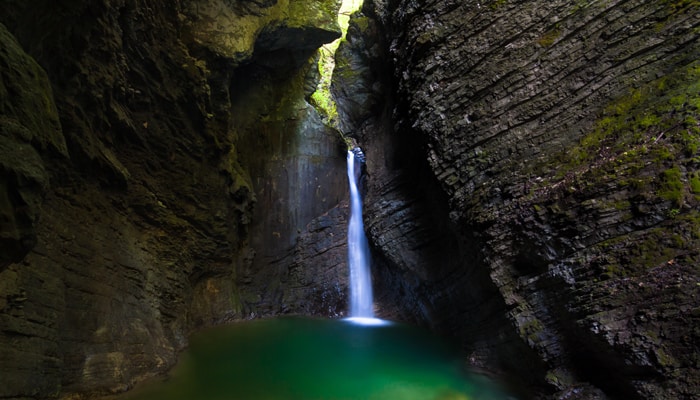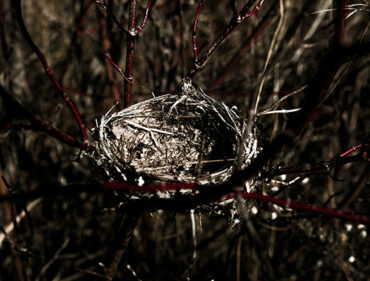Blog: Journey On It: Journeying for Healing
By Isa Gucciardi, Ph.D.
In a traditional setting, the shaman would align with the forces of the Earth to bring organization and guidance to human affairs. People today are so disconnected from the natural world and from their own inner worlds that the spirit of inquiry for the modern journeyer needs to focus on reconnection. In my Shamanic Journey workshops, I help students address issues of imbalance as they work with the journey to deepen their connection to their inner guidance and personal power.
When I began my counseling practice in 1996, I used the shamanic journey to work with clients to address the many issues that were brought into my office. At the time I knew of no one else working with clients in this way, and I developed a form of inquiry that clients could use to explore their issues that helped them gain insight, heal, and find balance. I later brought this method of inquiry to my students when I began teaching the Shamanic Journey workshop in 1998.
Even though the information and images people receive in journeys may sometimes seem simple, such journeys have in fact been radical and life changing for many people. To demonstrate the way we work with the journey to address psychological and emotional issues, we will look at a new student of the shamanic journey and his point of inquiry in a journey. This student suffered from anxiety and wanted to understand what was creating his anxiety. This was his second journey after meeting his guide.
Journey question: What do I need to understand about the nature of my fear and anxiety?
I met my Lower World guide, a little spider monkey who can fly, as well as climb, really well. When I arrived in the Lower World he was very high up in a tree. I asked him what I needed to understand about the nature of my fear and anxiety. He told me to climb up into the tree. I climbed up and he did a dance, and told me to do the same. Then he pointed from the tree at something I couldn’t quite make out. He told me to jump. I told him that I was afraid and he said, “Let go of your fear. Jump!” Then he jumped. I followed and landed in water. We swam to an underground cave. He was inside with a light of some sort. He said to follow him. I got out of the water and followed him. The earth beneath me became muddy and thick and it was difficult to walk. He moved further and further away from me. The light grew dimmer and dimmer until he disappeared and I was stuck in this thick deep mud. I felt afraid and began to panic. Then I noticed there were trees with low hanging branches on either side of me. I grabbed hold of one of the branches and began to pull myself up out of the mud. I continued to climb up the tree until I reached the top and found my guide sitting there waiting for me, smiling. It is the same tree that we jumped from at the beginning of the journey.
This journey was profound for the student. In processing his experience, he said, “It was like the guide had taken me through my experience of fear and anxiety and shown me the other side of it. I still have a lot to learn about this, but what I understand about my fear as a result of this journey is that I do not trust myself. I hesitate and become stuck as a result of my fear, and anxiety follows. When I became stuck in the mud and the guide left me, I was alone, abandoned, frightened. I was left to fend for myself. I had to trust myself. And when I freed myself from the mud, I was reunited with my guide who seemed to expect that I could do it.”
This journey demonstrates the visceral way the shamanic journey teaches. We are so used to learning through the intellectual experience of processing concepts that we can become disconnected from other ways of knowing and learning. Yet, in working with the inner teachers in the shamanic journey, we go beyond the conscious mind to the “aha” place, that place where the lesson sticks, and we shift long held patterns and ways of being.
ENJOYING THE STREAM OF CONSCIOUSNESS BLOG? SIGN UP FOR FREE UPDATES!



